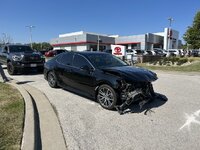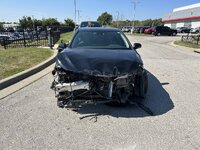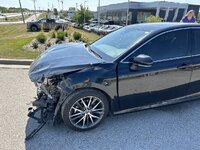I remember that the early airbags were initial powered to "replace" seatbelts. Then people started dying, go figure, they were overpowered. I wonder if the latest and greatest cars, what now with large crumple zones, simply don't "need" to fire the airbags in order to get deacceleration rates low. Car looks like it was blown apart--but if the driver's head doesn't get whiplash, doesn't bonk their head off any surface--did the airbag really need to blow?
Multiple sensors are used, right? So if a front sensor registers "huge" acceleration (due to being first on scene in the crash), but the rear reports sedate deacceleration, then the airbag doesn't need to blow. But if the rear registers really high levels, indicating all of the car is above a threshold, then blow.
Crumple zones are great passive items. Airbags are active items that literally blow up. I don't follow any lawyer magazines but I have to wonder if the OEM's are having to deal with lawsuits from airbag related injuries, including simple burns. The more the car can passively reduce passenger acceleration rates, rather than actively (using the airbag), the better for the OEM (and passengers, not all of whom have an airbag, like the rear passengers).



